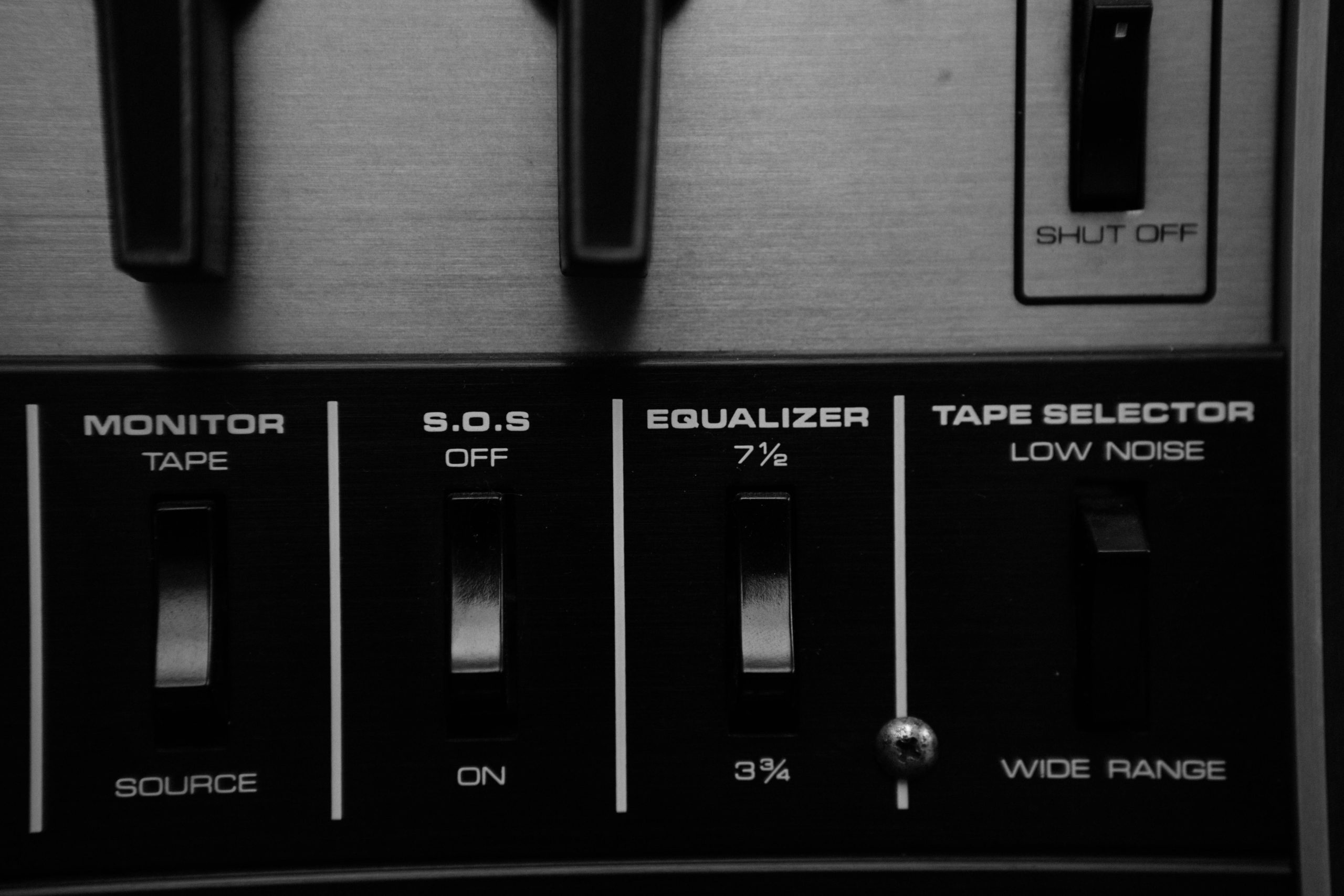Troubleshooting Monitor Disconnection and Loud Fan Noises During Heavy GPU Load
If you’re experiencing issues where your monitor connected directly to your GPU suddenly turns off during demanding tasks or gaming sessions, you’re not alone. This problem can be perplexing, especially when your secondary monitor connected through the motherboard remains functional. In this article, we’ll explore potential causes, diagnostic steps, and solutions to address the issue effectively.
Understanding the Issue
From reports, the primary monitor connected to the GPU intermittently goes black or shuts off under heavy GPU load, such as during high-intensity gaming or benchmarking. Accompanying this, users often notice loud fan noises—either from the GPU itself or case fans—which may indicate hardware stress or thermal issues. Interestingly, other monitors connected via the motherboard’s HDMI or DisplayPort continue to operate normally during these events.
Hardware Overview
Here’s a typical hardware setup associated with this issue:
- CPU: AMD Ryzen 5 7600
- CPU Cooler: AK620 Cooler
- Motherboard: GIGABYTE B650M AORUS ELITE AX
- GPU: GIGABYTE RTX 5070 (new replacement due to overheating issues)
- RAM: 32GB (Trident, 6000MHz, CL36)
- Storage: ADATA XPG 2TB NVMe M.2 SSD
- Power Supply: FSP 850W 80+ Gold
Potential Causes and Diagnostic Steps
- GPU Overheating or Power Limitations
- The loud noises from fans may suggest thermal stress or power delivery issues.
-
Action: Monitor GPU temperatures using tools like MSI Afterburner, HWMonitor, or GPU-Z during load. Ensure temperatures stay within safe limits (~70-85°C). Check for dust buildup, incorrect airflow, or thermal paste deterioration.
-
Supplied Power and PSU Capacity
- Although an 850W PSU is generally sufficient, power delivery issues could cause GPU shutdowns.
-
Action: Verify all power connections to the GPU are secure. Use software to monitor power consumption under load if available.
-
Display Connection and Drivers
- Driver conflicts or outdated graphics drivers can cause display issues.
-
Action: Ensure your GPU drivers are up-to-date. Reinstall or update to the latest drivers from NVIDIA.
-
GPU Hardware Faults or Defects
- Since the GPU is new, it might still have manufacturing defects or may be
Share this content:



